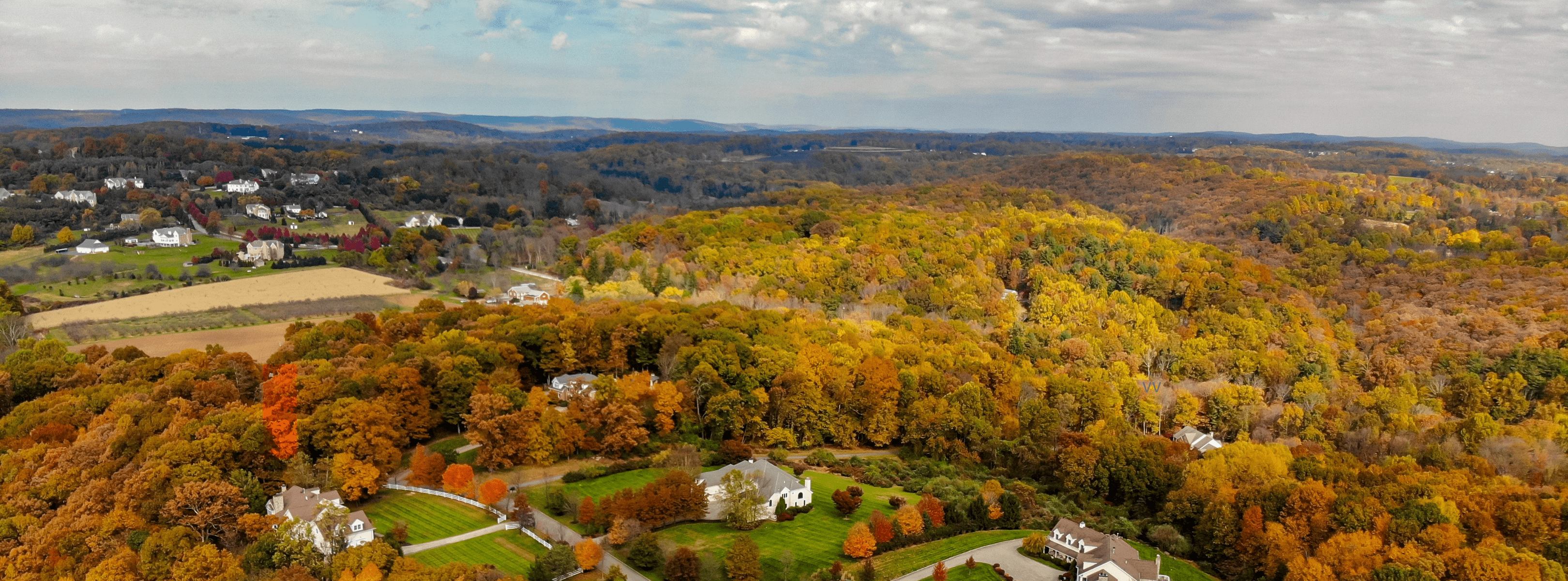It’s fair to say the real estate business has embraced drone technology as much as any other.
Realtors are now using aerial images and videos to showcase residential, commercial, and luxury properties from above, as well as when managing and maintaining commercial premises.
For real estate listings that stand out from the crowd, drones have become a go-to tool. Although it’s not just about bringing a different aesthetic to the table.
Commercial real estate aerial photography has practical benefits, too. Properties can be viewed in the context of their surroundings, special features can be highlighted from an elevated position, and potential buyers can quickly get a sense of whether a place is right for them.
Today’s focus is going to be on the creative side of things. Read on for some useful real estate photography tips on how to capture the best commercial real estate drone photography possible.
Plan ahead
No matter the industry, most drone flights have several elements in common. The main one is the importance of planning.
Drones have limited flight times of course. But your mission to capture photos and videos for real estate is also restricted by other factors, including the weather conditions and the time of day.
There are two steps to planning the perfect shoot for real estate photography with drones. The first is choosing a date and time when the conditions are bright and dry. Sunny days have always been preferred for real estate listing images. When a drone is involved, making sure the conditions are right is even more of a priority.
The second element of planning covers your flight path and shot selection. This will vary from property to property and depend on which features you want to focus on, how appealing the surroundings are, and a range of other factors.
But to give you an idea of what is possible, you can go through our preferred real estate shot types here.
It’s also important to think about where the sun will be while you fly and where shadows will fall across the property during your shoot. Aim to fly when the sun is highest in the sky to avoid any dark spots.
Adjust your settings as you go
The next step is to adjust your drone’s camera settings to suit the light conditions. You should make sure you’re capturing RAW photos and images at as high a resolution as possible, and that you’ve found the right balance between ISO, shutter speed, and aperture to properly illuminate the scene.
A great way to avoid overexposure (which can easily happen on sunny days when you’re squinting down at your monitor) is to use a histogram. Most flight apps, including DJI Go, include this tool.
If you’re shooting videos, think about whether you want to use manual or automatic focus. Automatic focus will, in theory, give you one less thing to worry about. But it can often be temperamental, so you might want to set up manual focus for each specific shot if you have time.
Autonomy is your friend
DJI drones now come with a range of one-touch flight modes that are ideal for commercial real estate photography. These allow you to send your drone off on complicated maneuvers to capture smooth shots no matter how talented you are behind the controls.
Autonomous flight modes can be both time-saving and add some polish to your finished product. But be conscious that using the same shots over and over could leave your listings feeling a little soulless. There always needs to be room for creativity on the day.
Post-production
Once you’ve captured a bunch of RAW photos and videos, the next challenge is editing them to build a seamless media package that can be used to give listings a more premium feel.
This process can be as technical and as time-consuming as the flight itself and requires specialist software and experience. You’d be surprised at the difference between a jumble of RAW footage and the final package.
Luckily for you, as well as providing an experienced pilot to gather photos and videos, DroneBase takes care of the editing, too. You’ll receive stunning aerial footage within a couple of days of placing your order. Find out more about how we can work together here.
Were these commercial real estate photography tips helpful for you? Let us know in the comments or share your own real estate drone photography tips.





